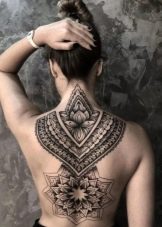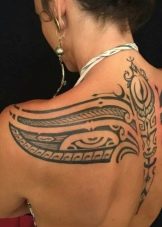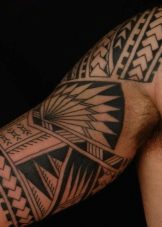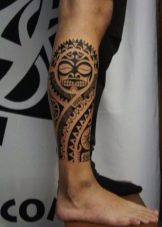Ethnic tattoos
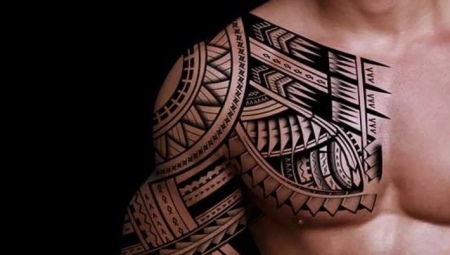
The oldest type of tattoos that have gained real popularity today is ethnic. It is distinguished by its large volume and a large number of individual elements that make up the overall drawing or composition.
The history of its origin dates back to the times of tribal society, when drawings applied to the body helped hunters to disguise themselves among the foliage and branches. In addition, ancient tattoos denoted and emphasized the status of its owner, belonging to a particular society, caste, were associated with religion or served as amulets and amulets.
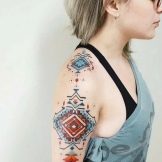
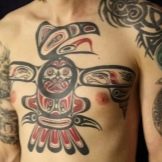

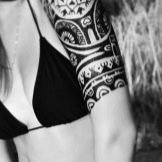
The meaning of a tattoo
Since ethnic tattoos are strongly associated with the culture of a particular people, ethnos, for which they got their name, then the images that are used for sketches will consist of elements reflected in these cultures.
Most often these are patterns from clothes or dishes, as well as various religious and magical symbols.
It should be understood that different peoples can attach different, sometimes opposite meanings to the same symbol. So, for example, in Eastern cultures the drawing of a turtle is associated with wisdom and longevity, while among the ancient Slavs the turtle was considered a "reptile", like other amphibians, and was associated with something dirty and unpleasant.
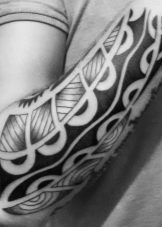
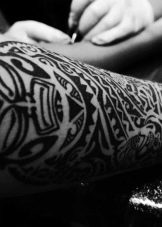
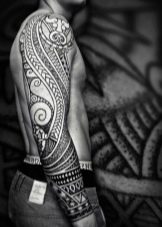
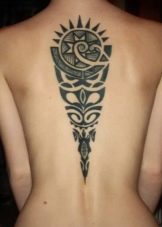
The whole variety of "Ethnic" tattoos on the skin can be divided into several large groups, for which there are some common meanings, regardless of the specific style.
Animals
Ethnic animal tattoos are most often totemic in nature, when a hidden idea is visible behind the drawing of the beast. So, for example, behind the image of a lion, a bear and another predator, the idea of strength, masculinity, leadership is hidden. For the girl behind the silhouette of a swallow or a dove - lightness, freedom of flight of thought. Even in the phrases "noble deer" or "wise raven" the spirit of this or that animal is reflected.
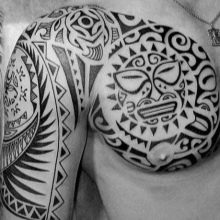
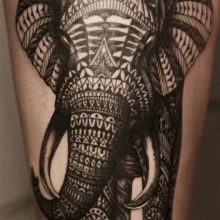
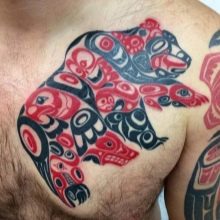
Gods
No less popular than drawings of animals are images of various deities, their names or symbols. Many argue that such tattoos carry a special energy and deep meaning, so their choice should be approached with extreme caution. These images are charms designed to protect their wearer, his blessing.
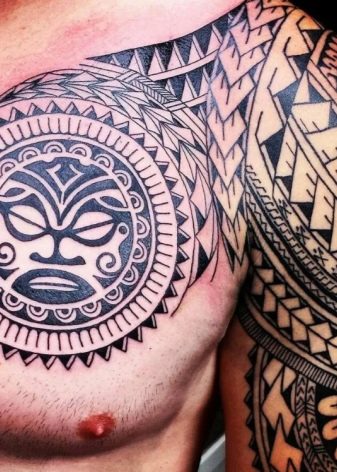

The elements
Images of whole elements and natural phenomena carry even greater energy. They are often combined with other elements, but individual characters can also be stuffed. Both the details and the style of the image are of great importance, since the same power of fire can be depicted both in the form of an absorbing fire and in the cozy light of a hearth.
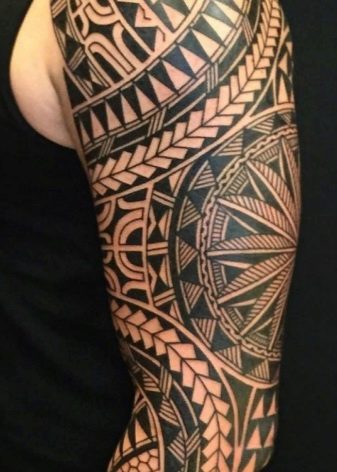
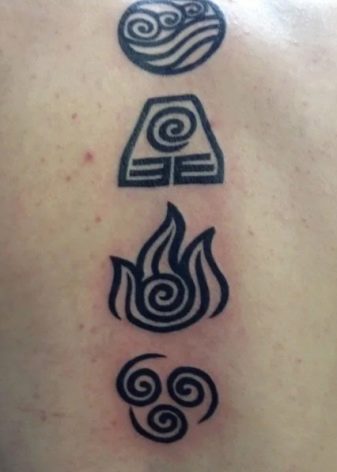
Ornament
Such tattoos can be either an independent pattern or complement others. They always look unusual and mysterious, as if hiding a special meaning in the interweaving of curls and lines. Ornaments can be just a flower pattern or knot ligature found in a certain culture, but most often they symbolize special qualities, serve as amulets and amulets from evil forces.
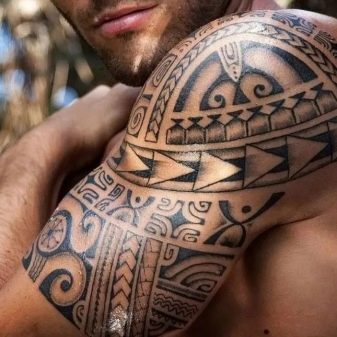

Styles
Unlike other styles, ethnic tattoos distinguish many different directions that are associated with one or another ethnic group, reflect its culture and traditions. There are, in fact, a huge number of such directions, but today the following seven are the most popular.
- Slavic ethnics. It is characterized by a large number of ornaments, symbols and even rune inscriptions in Old Slavic. There may be a traditional painting for dishes, for example, Gzhel, images of gods and animals.
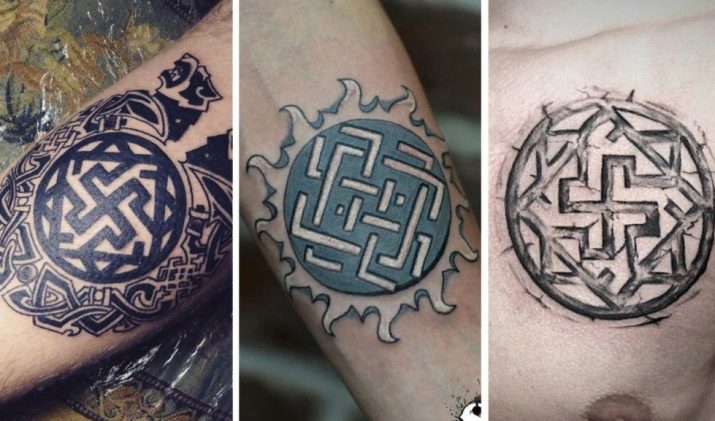
- Celtic ethnics. A distant relative of the Slavic ethnic style. Differs in greater graphicality, angularity, an abundance of straight clear lines and black color.
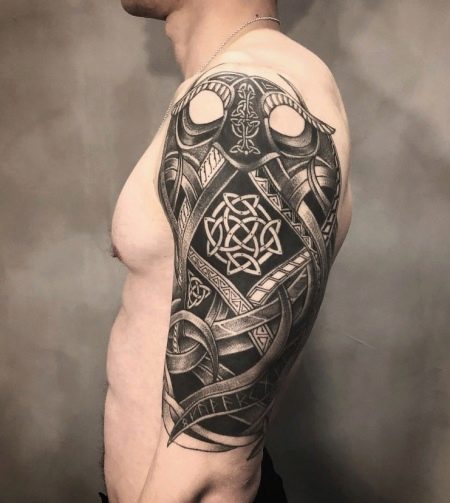
- Scandinavian ethnics. In style, it is very similar to the Celtic, but with a predominance of marine motifs and marine mythology in the form of huge water kites or huge fish, ships and wave patterns.
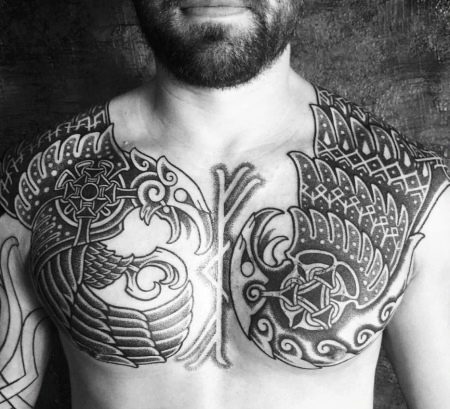
- Japanese ethnics. Differs from others in a variety of colors and brightness. Drawings of gods, folk heroes and real figures of culture or sports are made in the traditional Japanese style.
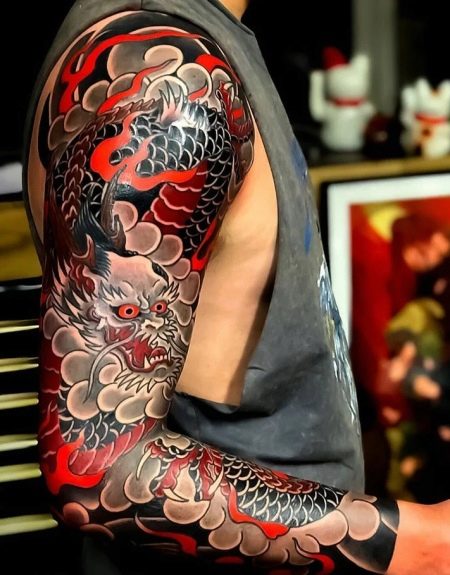
- Polynesian ethnics. The most popular style today. Most often these are abstract drawings and patterns with a large number of tiny lines, a combination of smoothness and angularity, repeated repetition of the same elements. As a rule, these are ornamental tattoos, similar to a large spider web or lace, but there are also images of spirits or animals.
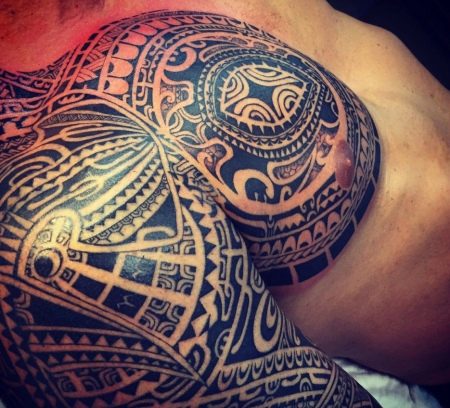
- Scythian (animal) ethnics. This is the style of ancient nomadic tribes, which is characterized by graphic and ornamental images of animals, for which it got its name. The abundance of crosses, swastikas and waves forming in the head of a bear or a wolf is very similar to the Slavic one.
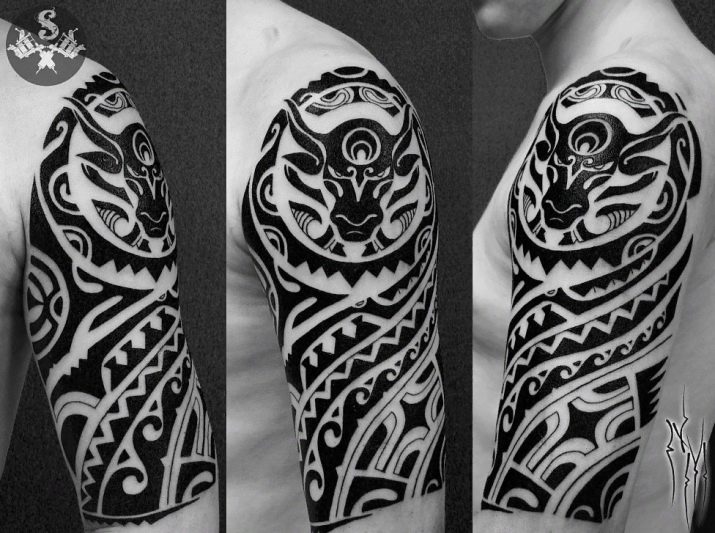
- Ethnic Maori. The peoples of eastern Polynesia applied drawings to their bodies not with a needle and paint, but with a sharp chisel, carving images in the skin. Today, such a technique is called scarring, and few decide on it. But abstract Maori designs with strict geometry are alive in the art of tattooing and are a mixture of Scandinavian and Polynesian ethnicity.

Sketch options
In order to find your direction and choose a suitable sketch, it is recommended to study in more detail all the variety of existing directions. You can choose a ready-made drawing or compose your own one yourself, or you can use the wizard's tips. There are some general guidelines on how to make a tattoo more comfortable depending on the nature of the client.
Japanese ethnicity is best suited for bright and creative people - those who need freedom and flight of thought. The owners of such colorful large drawings are more open to everything new, ready to challenge social norms and foundations.
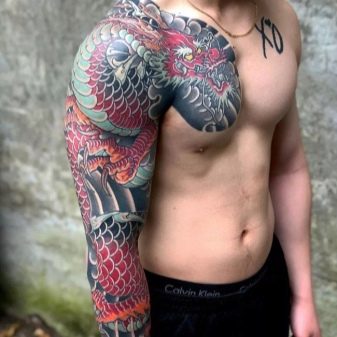
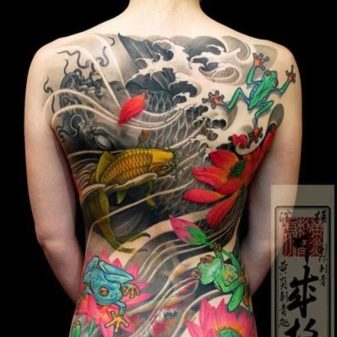
The Scandinavian and Scythian ethnics will be appreciated by people who want to bring more variety and development into their lives. Their stability is well set off by tattoos with restless waves, and the swiftness of predators will add confidence and strength.
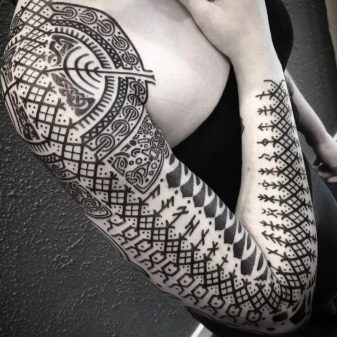
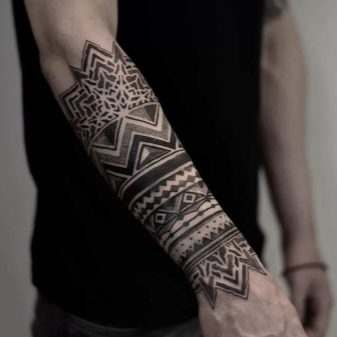
Celtic and Slavic tattoos should be done for those who value spirituality and strive for harmony and unity with nature and the world. These are people with well-developed intuition and a mind-body connection.
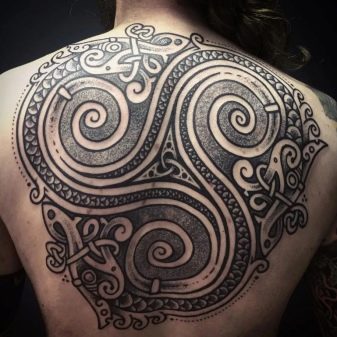
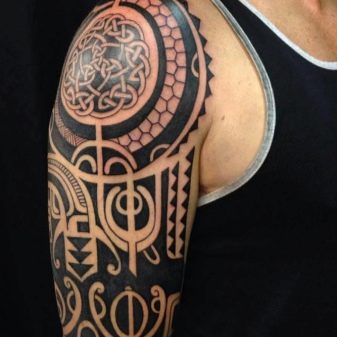
The Polynesian style and Maori tattoos are universal for both men and women. Beautiful ornaments, clarity and simplicity of lines will help to lay in the drawing exactly what the client of the tattoo artist wants to express.
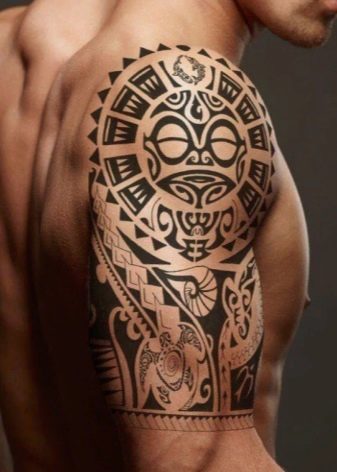
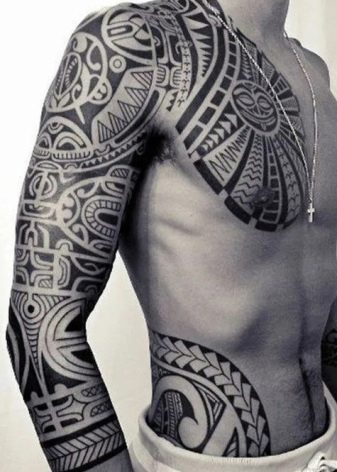
Where can you apply?
There are practically no special places where experts do not recommend tattooing ethno.
Unless some religious tattoos are better not to be stuffed on the genitals or feet, which would look like a desecration of divine symbols.
Ethnic tattoos can be stuffed:
- on the stomach;
- on the shoulder and forearm;
- on the arm, wrist and hand;
- on the chest and back;
- on the thigh and buttocks;
- on the shins and calves;
- on the neck, back of the head and face.
When determining the place, it is best to start from the scale of the picture and your own pain threshold. So, tattooing on the wrists and belly is much more painful than on the hip or shoulder.
